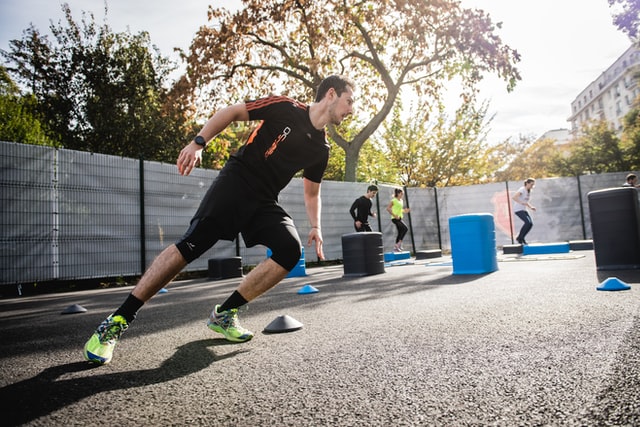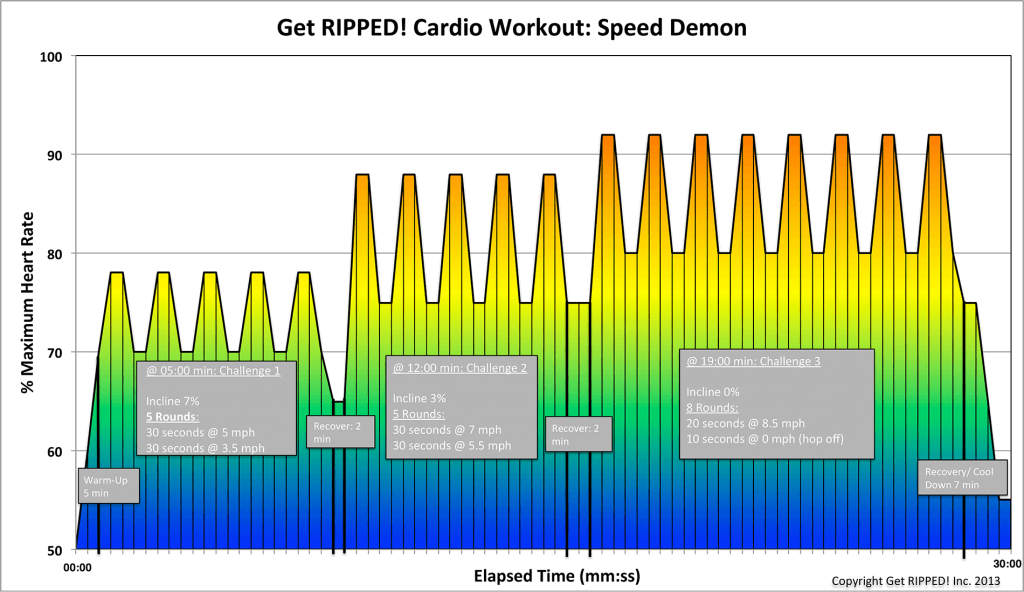Fitness Tips, Nutrition Tips
Is HITT Or Strength Training Better For Weight Loss?
If your goal is weight loss, chronic cardio isn’t the answer. Your body needs more. You can turn your cardio into a HIIT—high intensity interval training—workout or include more strength training. Both of these torch calories. Which one is best? It’s hard to compare the two. Strength training uses specific types of exercise, while HIIT is a way of doing any exercise that alternates intensity between a peak and recovery intensity.
Strength-building workouts burn calories and build muscles.
Strength-building exercises burn calories, but they also do one more thing to help your weight loss efforts. They build muscle tissue. Muscle tissue requires more calories than fat tissue, so the more you have, the more calories you’ll burn 24./7. It’s a metabolism booster. Strength training also causes afterburn. Afterburn is the extra calories your body burns to get back to normal. It increases the calories burned by 10% per hour for several days. You get afterburn from cardio workouts, but it’s far less.
You can use HIIT with any style workout.
When you push your hardest, it takes its toll. You can’t do it for very long. You have to slow down for a while and let your body recover. You can then return to the intense workout you did previously. Alternating between high intensity and recovery allows you to burn more calories by letting you push hard at a pace you couldn’t keep in a steady state workout. Even more important is that HIIT burns visceral fat. It increases insulin sensitivity and fat metabolism. It improves your endurance and pumping strength of the heart so you can exercise longer and harder.
Combine strength-building and HIIT workouts.
Since you can modify any workout to become a HIIT workout, why not use strength-building ones? You’ll get a cardio boost at the same time you’re building strength. It boosts weight loss and fat loss. It improves the afterburn effect. Before you attempt to combine them, make sure your form is perfect. Warm your muscles with dynamic stretches and mild cardio to avoid injury. Don’t do this every day. Give your muscles at least 48 hours to recover after a session. One or two days a week is enough to get benefits.
- You can measure your peak intensity by using a heart rate monitor. HIIT’s high-intensity level is 85-95% of your maximum heart rate. Do a recovery pace until your heart rate returns to 60%.
- You can modify your strength training into a HIIT workout by taking a shorter rest between exercises, doing cardio between sets, or doing weighted movements and compound exercises.
- Studies show that HIIT workouts help your body at a cellular level. It lengthens the telomeres that protect the chromosomes from damage.
- Always check with your healthcare professional before starting any exercise program, especially HIIT workouts. Start slowly, doing seconds of peak performance instead of minutes.
For more information, contact us today at Get RIPPED! by Jari Love


